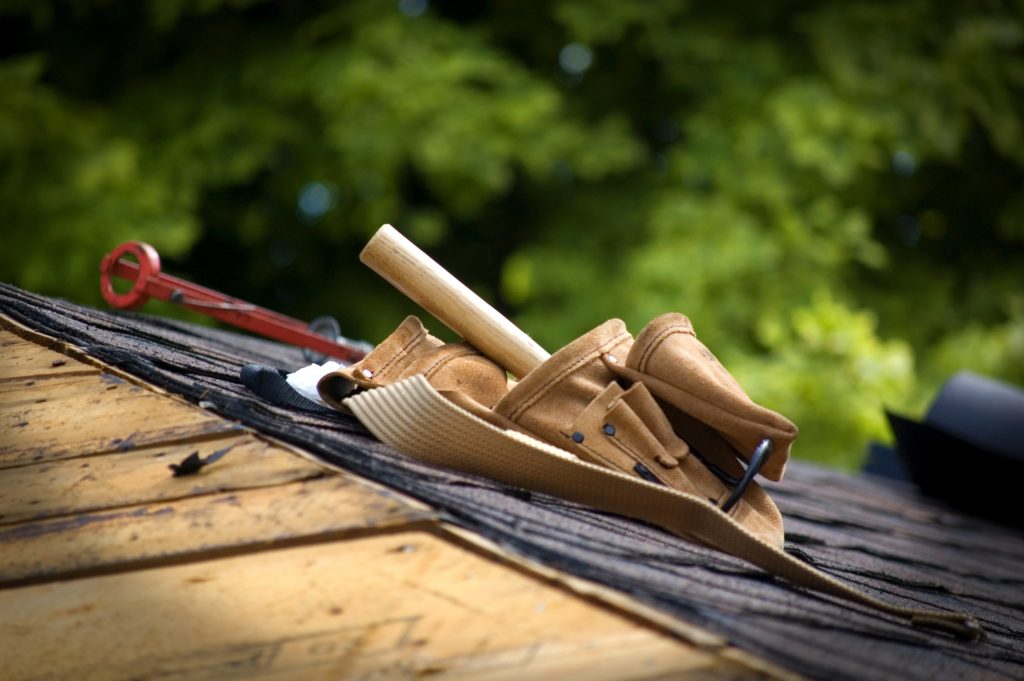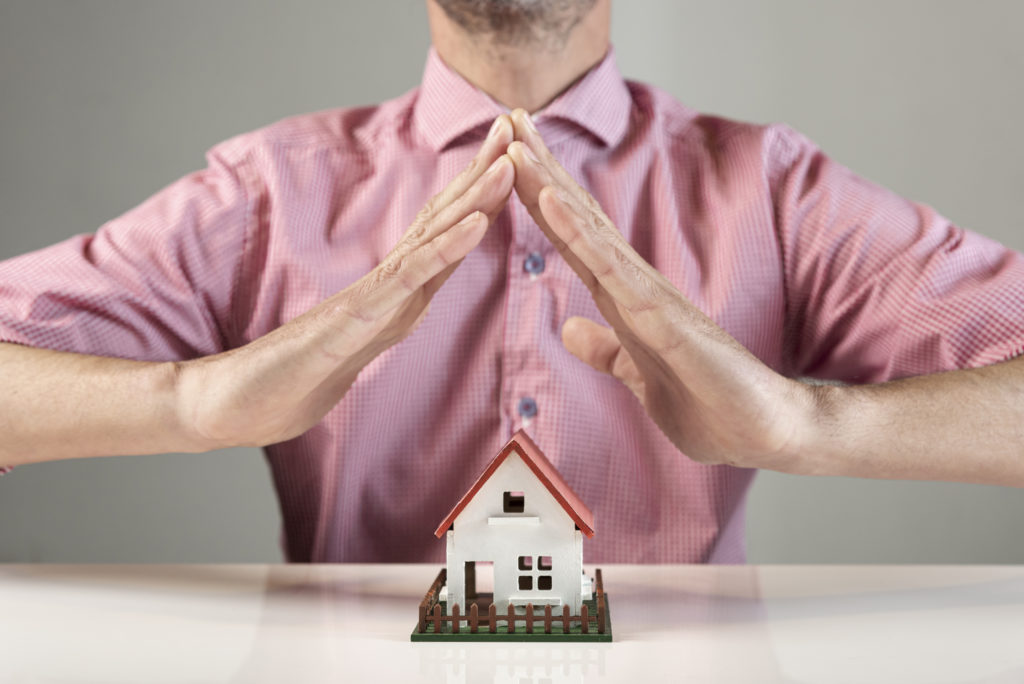Understand the Roof Preservation methods to improve the energy efficiency of the building !
Scrutinizing a home during a watchful walk through all the areas is an easy task. What’s not so easy is determining the actual condition of the roof that lies over your head. So, when was the last time you did a thorough roof inspection?
Regular roof inspections are incredibly valuable because they let you catch budding issues with your roof. Without it, the problems with your roof will grow leading to the need for costly roof replacements. The importance of a roof for a home is often overlooked and dreaded when it comes time to face replacing it. So, if you wish to save money in the long run and protect your home, this guide will tell you the true value of regular roof inspection.
Before That – What Is A Roof Inspection?

Even the strongest and most durable roof can have some weaknesses. Inspecting your roof at least twice a year can help you to prevent structural damage to your home, especially after the rains or snow. The main aim of carrying out a roof inspection is to locate problem spots and potentially vulnerable areas. A few of the most common problems associated with roofs are:
-
- Loose, broken, or missing roofing material
-
- Blistered, curled-off split shingles or tiles
-
- Shingle granules in rain gutters
-
- Improper air conditioning or swamp cooler installation
-
- Sagging between rafters or near ridges
-
- Broken or loose shingles near the ridge and hip lines
-
- Rusty metal where the house meets the roof
-
- Loose, missing, or corroded flashing
-
- Proper ventilation to allow the roof to breathe
-
- Depressions near vent pipes, clogged drains, or separations in flashing that cause water pooling
The main purpose of roof inspections is to identify problems as well as gauge the remaining life of a roof.
Read: 5 Commonly Asked Questions In Roof Repair
Top Reasons A Roofing Inspection Is More Important Than You Think

Regular roof inspections are a critical part of homeownership. Without them, you could possibly be putting your home shelter at serious risk. Here are a few reasons that could make you think why inspecting your roof is more important than you think:
-
- Identify Problems While They’re Minor – Roofing problems do not happen overnight, they begin with something that’s apparently mild, like leaning pipe supports, and progress to perforation and leak. An inspection by someone who’s acquainted with the early warning signs can correct things before they go out of your hand.
-
- Curb Appeal – A regular roof inspection can snitch that out-of-place shingle you might miss, elevating your curb appeal for the entire neighborhood.
-
- Protect your Warranty – Many roofing warranties demand annual or bi-annual roof inspections. If you fail to prove that you did one, you may probably void your warranty.
-
- Make a Path Correction – Roof inspections are not just to catch problems while they are budding but also to give you a chance to stop doing things that are unintentionally harming your roof.
-
- Extend the Lifespan – Professional roof inspections will let you know when the sporadic shingle needs to be replaced, which in turn will prevent moisture from seeping into its sub-layers, consequently extending its longevity as a whole.
-
- Save Money – Annual inspections of your roof will end up saving you money in the long run.
-
- Help the Environment – Irrespective of the fact that there are asphalt shingle recycling facilities available today, the majority of old roofing shingles still end up in landfills. Shielding the current shingles—as well as insulation beneath it—is better for your wallet and the environment.
Roofs are difficult to check, and because homeowners don’t usually think to inspect them, any damage that has occurred goes unnoticed and undetected, sometimes even for extensive periods. Therefore, you must never underestimate the value of a roof inspection.
Roof Inspection Checklist
For most homeowners, identifying those minor issues can be almost impossible. Here’s a simple roof inspection checklist that can help you understand what’s goes on and what can go wrong during the process:
1. Inspect Your Roofline
Roof inspection begins with seeing how it looks on the ground. Professional roof inspectors check the slope and profile, to ensure the lines make sense for the home. Preferably, the peaks of the roof should be parallel with the ground and display no signs of warping. Also, the sides of the roof should be uniform and the materials shouldn’t bubble or look bent. If they are, it’s a sure-shot sign of roof damage.
2. Inspect the Roofing Materials
With asphalt shingles, look for cracks, warping, and patches. Sometimes shingles can go missing or loosen up, these can increase the risk of leaks and water damage. With metal roofs, check for dents, rust, and frail spots which could allow water to penetrate between the materials and the sub-roofing. When materials look worn or damaged, repairs might be suitable. But when they are old and performing poorly, a full replacement may be suitable.
Importance Of Using the right Materials: There are various innovations in roofing solutions that provide enhanced looks and add strength to the construction. It is advisable to use the right materials. Materials such as asphalt shingles, slate, metal, clay, and concrete materials should be highly evaluated and then used. Look matters but in this case, longevity is important too.
With the growth of technology, organizations are coming up with various options that are really sustainable, beautiful, and strong to safeguard our home safety. House owners have different options when it comes to installing roof tiles suiting various purposes. These tiles are blended with different materials and colors making them worth applying to the roof. Therefore, it’s highly essential to choose the perfect combination to safeguard your roof safeguard your life.
3. Monitor Flashing
Roof flashing plays a huge role in restricting water from entering a home through the roofs. Hence inspecting the flashing is very important. Rust, warps, and cracks are all signs that water gets trapped between the flashing and your roof. If ignored, you will soon see visible leaks inside the home.
4. Check the Gutters
One of the best ways to reduce the risk of roof leaks is by inspecting the home gutters. If your gutters appear bent, have tons of debris in the channel, or have started to pull away – water won’t drain down where it’s supposed to. In its place, it will soak into the base of the roof or the siding increasing the risk of mold or leaks.
5. Check The Attic
When it comes to inspecting the attic, one needs to confirm the insulation levels are appropriate and that the insulation is in good condition. The roof inspector will look for signs of pests and unsolicited critters as these increase the risk of leaks and roof damage. Another thing, the attic should get enough airflow and ventilation.
Some areas of the roof are tough to inspect for the homeowners; hence it is recommended that the inspection is done by professionals.
6. Check Mold/Rot
The roof attic is one of the warmest places in the house, and even if the insulation is in good shape, excess moisture is bound to cause damage. Here one needs to check the attic for signs of mold and mildew growth and check the wood for signs of rot and deterioration.
Once the roof inspectors are done looking at the interior and exterior of your home, they get an idea of the condition of the roof. You may have extensive repairs ahead. Do take care of those repairs before it causes permanent damage. Believe it, taking an action now will be much easier and more affordable. No homeowner wants to deal with unforeseen repairs in the future. Hence, following your roofer’s suggestions is the best way to get the most out of your roof.








